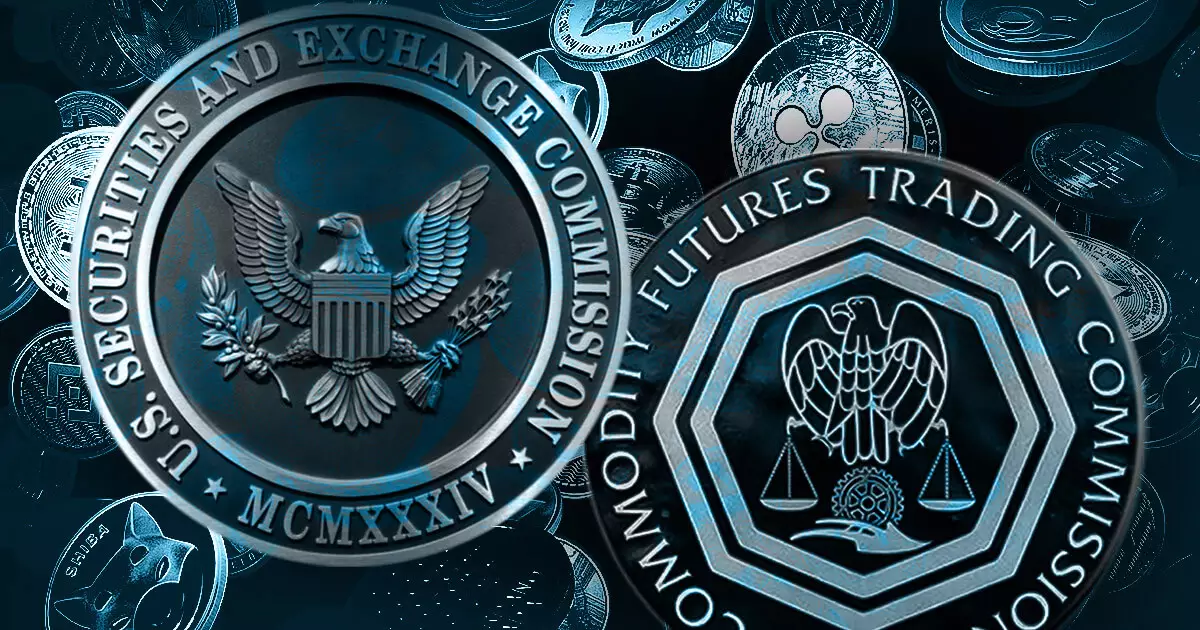In an era characterized by rapid technological advancements, the dynamics of financial markets are evolving, particularly with the rise of digital assets. As the landscape shifts, regulatory bodies such as the US Securities and Exchange Commission (SEC) and the Commodity Futures Trading Commission (CFTC) face the formidable challenge of establishing coherent regulatory frameworks. Recently, discussions emerged about the potential resumption of the CFTC-SEC Joint Advisory Committee (JAC), a significant step towards a more integrated regulatory approach. Initial efforts to enhance collaboration between the two organizations began in 2010, focusing on the identification of burgeoning regulatory risks and their implications for market participants. However, the JAC became dormant in 2014 due to changes in leadership, highlighting the difficulties of maintaining continuity in regulatory initiatives.
The discussions surrounding the possible revival of the JAC are notably spearheaded by CFTC’s acting Chair Caroline Pham, who recognizes the necessity of such cooperation to tackle jurisdictional overlaps. In an industry where the definitions and classifications of digital assets are still fluid, the establishment of a clear regulatory framework is imperative. A functioning JAC could facilitate much-needed dialogue between the two agencies, especially concerning the dual governance that digital assets often incite. Such initiatives are essential, especially when considering the complexities inherent in categorizing digital assets—ranging from securities to commodities.
Changes in Regulatory Approaches
Recent actions from both the SEC and CFTC indicate a significant shift away from purely enforcement-oriented attitudes towards a more collaborative policymaking process. The CFTC has made strides with innovations like a pilot program for tokenized non-cash collateral, signifying a willingness to explore and understand emerging technologies without immediately resorting to punitive measures. This proactive approach reflects a growing understanding of the digital asset marketplace and its potential role in financial ecosystems.
Meanwhile, under the leadership of Commissioner Mark Uyeda, the SEC has signaled readiness to engage more openly with industry stakeholders. This pivot suggests that rather than solely imposing regulations, the SEC is keen on threading industry input into the regulatory fabric surrounding digital assets. The formation of a Crypto Task Force under Commissioner Hester Peirce further illustrates an acknowledgement of the sector’s complexity and the pressing need for transparent guidelines that can promote innovation while preserving market integrity.
The ongoing discussions between the SEC and CFTC reveal a crucial evolution in the regulatory mindset concerning digital assets. As regulators aim to craft a balanced approach fostering innovation and protecting investors, revitalizing the JAC could be a crucial element in this mission. An enhanced regulatory framework that effectively anticipates and responds to the distinct challenges posed by digital assets is essential not only for ensuring market compliance but also for nurturing an environment conducive to economic growth.
Ultimately, the path towards establishing a comprehensive regulatory framework for digital assets hinges on the commitment of regulatory bodies to prioritize collaboration over competition. As both the SEC and CFTC refocus their strategies, the convergence of their regulatory philosophies could well shape the future of the digital asset landscape, providing the stability and clarity necessary for market participants to thrive.

